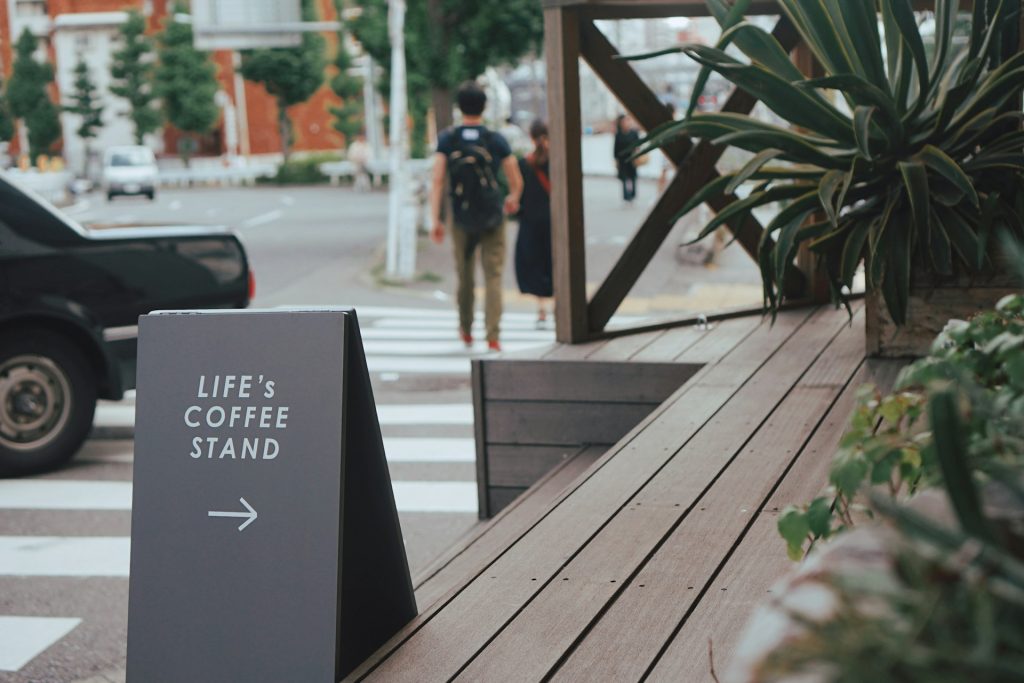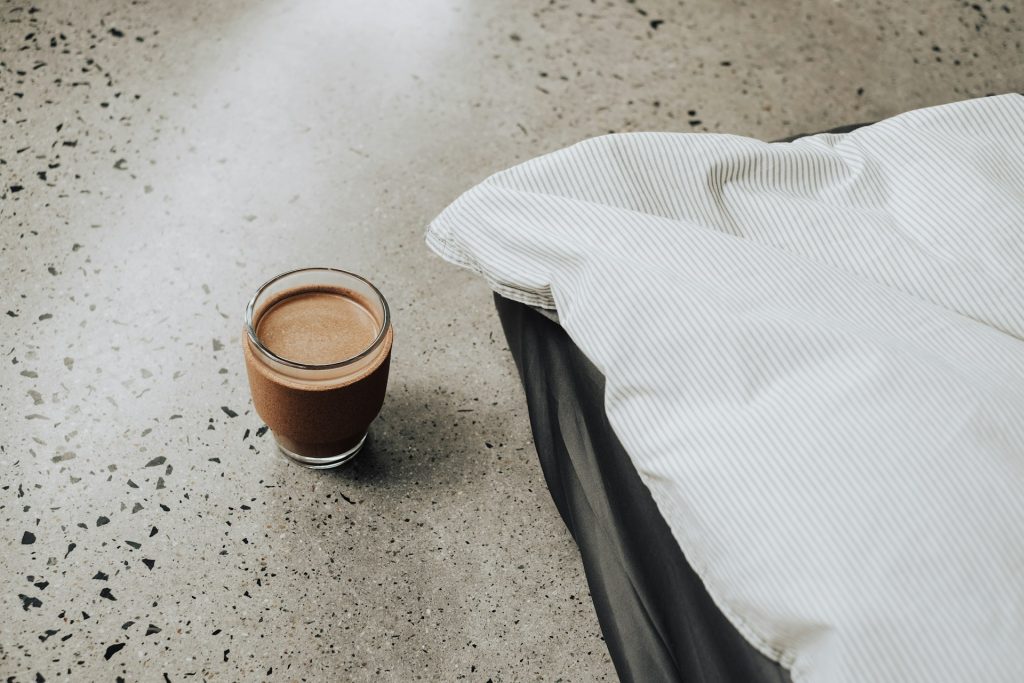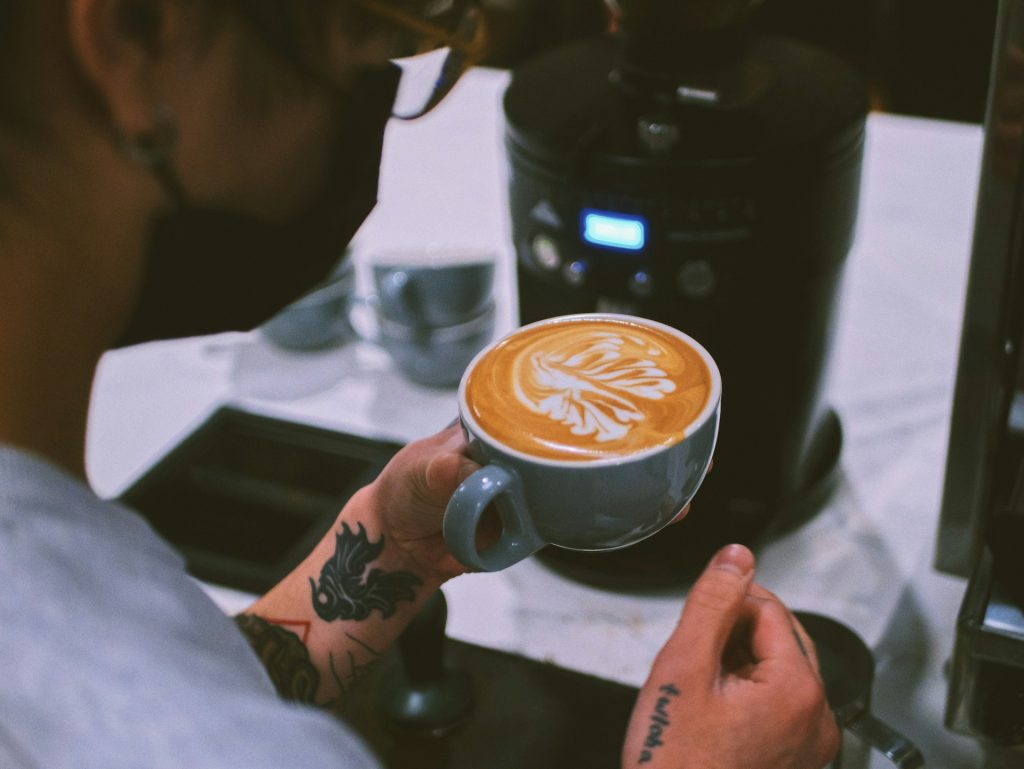Table of Contents
Ever notice how Australians always seem to know exactly what kind of coffee they want? Whether it’s a flat white, a long black, or a perfectly executed latte, they speak coffee like it’s their first language. Now cafés around the globe are borrowing those Aussie tricks, and suddenly, everyone’s talking about Melbourne-style latte art and single-origin beans. If you’re wondering how Australian coffee made such a splash, pull up a chair.
The Rise of the Flat White
When people think of Australian coffee, the flat white often comes to mind. It’s a simple combination of espresso and steamed milk, yet somehow it tastes different than a latte. Some say it’s the microfoam, which is airy but not so thick you could stand a spoon in it. Others insist it’s the espresso-to-milk ratio that makes it special.
Whatever the secret is, the flat white started making waves in Aussie cafés long before big coffee chains around the world picked it up. By the time it landed on international menus, Australians were already sipping it as their daily brew. Unlike some sugary coffee trends, the flat white focuses on letting the espresso shine, accented by just enough milk to give it a velvety texture.
A Focus on Quality Beans

Australia’s coffee obsession includes a deep respect for the beans themselves. Many Aussie baristas prefer ethically sourced, high-grade beans, often roasted locally in small batches. It’s not just about slapping a brand name on a package; they want to know where each bean came from and how it was grown.
This attention to detail means Australian cafés often highlight single-origin beans that bring unique flavor notes—whether it’s a floral hint from Ethiopia or a nutty undertone from Brazil. Roasters regularly sample new beans, tweaking roast profiles to emphasize natural sweetness or mild acidity. Customers quickly learn that coffee can taste drastically different from one region to another, turning each cup into a mini taste adventure.
Third-Wave Inspiration
While Americans and Europeans have their own coffee revolutions, Australia’s third-wave scene has taken a distinct path. Instead of big-name chains dominating the market, small independent cafés scattered throughout Melbourne, Sydney, and Brisbane have thrived. These cafés double as neighborhood hangouts, offering not just coffee but also an atmosphere that invites people to linger.
With third-wave coffee came new brewing methods, from pour-over to AeroPress, each done with care. Baristas trained intensively, learning not just how to operate an espresso machine but why certain beans taste better at certain temperatures. Some Aussie cafés even run cupping sessions—tastings where coffee lovers can try multiple beans side by side, a practice once rare outside professional roasting circles.
The Barista as an Artist
The barista’s role in Australia is taken very seriously. It’s a skilled job requiring knowledge of espresso extraction, milk texturing, and even the science behind water quality. You’ll rarely find a bored teen half-heartedly pressing a button on a machine. Instead, you’ll meet enthusiastic baristas who see themselves as artisans, pouring hearts or tulips in your latte foam.
Many baristas travel around the world, bringing Aussie coffee culture wherever they go. Whether it’s a tiny café in London or a hip spot in New York, there’s a good chance the person pulling your espresso spent a year or two perfecting their latte art in Melbourne. That global migration is partly why Australian coffee standards have spread so quickly, raising the bar for shops everywhere.
Café Culture Down Under

Aussies see coffee as part of daily life, not just a morning pick-me-up. Weekend brunch is practically a religion in cities like Melbourne, where friends meet up for avocado toast, poached eggs, and a beautifully presented flat white. Cafés often serve all-day breakfast menus, featuring fresh, seasonal produce and artisanal bread.
This brunch phenomenon ties directly into coffee culture. Instead of grabbing a to-go cup, Australians often sit down, chat, and savor their drink. The café becomes a place to gather, unwind, and feel at home. You’ll see big communal tables, earthy décor, and an emphasis on local ingredients. The result is a relaxed vibe that values quality over speed.
Regional Specialties
Though Melbourne often steals the spotlight, other parts of Australia boast their own coffee flair. Sydney’s café scene is just as strong, with sleek, modern spots showcasing creative drinks—like cold-drip brews and specialty tea-coffee hybrids. Brisbane’s laid-back atmosphere influences its cafés, where you might find tropical spins on cold coffees. Even rural towns often have a local roaster who caters to the community’s taste.
Each region has slight variations in how they approach coffee, but they share the same basic principles: fresh beans, careful technique, and a welcoming environment. If you’re traveling through Australia, sampling the local coffee scene is as essential as hitting the beach or exploring the Outback.
Taking on the World
One reason Australia’s coffee style caught on globally is that Aussie baristas and café owners are adventurous. They relocate to cities abroad, opening shops named after Melbourne suburbs or Aussie slang. Suddenly, places like Berlin or Vancouver have small spots that proudly proclaim “Australian coffee” on the sign out front.
Word of mouth and social media also helped. Tourists visiting Australia raved about their café experiences, posting latte art on Instagram and tweeting about the best flat whites they’d ever tasted. Soon, coffee enthusiasts everywhere started seeking out Aussie-inspired cafés or pushing their local spots to up their game.
Now you’ll find “Australian breakfast” on menus in Dubai or Hong Kong, featuring flat whites, smashed avocado, and sourdough toast. It might seem like a small detail—just how you brew and serve coffee—but it’s influenced taste buds worldwide.
What the Aussies Get Right

It’s tempting to assume that the Aussie coffee phenomenon is just marketing hype. Yet so many people who try it say there’s a real difference. Here are a few reasons why:
- High Standards: Cafés don’t just want to serve good coffee; they aim for excellence, from bean selection to milk steaming.
- Community: The café is more than a business—it’s a gathering place. People sit, chat, and truly appreciate their drinks.
- Variety: Beyond flat whites, you’ll find everything from single-origin espressos to experimental cold brews, each done with care.
- Innovation: Australian baristas aren’t afraid to tinker with recipes or try new methods, always pushing the boundaries of what coffee can be.
This perfect storm of quality, atmosphere, and creativity sets the Aussie coffee scene apart.
A Trend That’s Here to Stay
Some coffee fads flash by, but Australia’s influence looks like it has staying power. People crave authenticity and quality, two things Aussie cafés deliver in spades. The concept of a communal, relaxed coffee experience resonates with anyone feeling tired of drive-through lines or bland office drip coffee.

I’m Audrey, a dedicated mother of teenagers with an insatiable love for coffee. On BeanBrewLove.com, I intertwine my need for caffeine with reflections on life. Whether expressing a nostalgic sentiment or injecting a hint of sarcasm, my blog is a reservoir of coffee culture, brewing techniques, and global coffee reviews.




